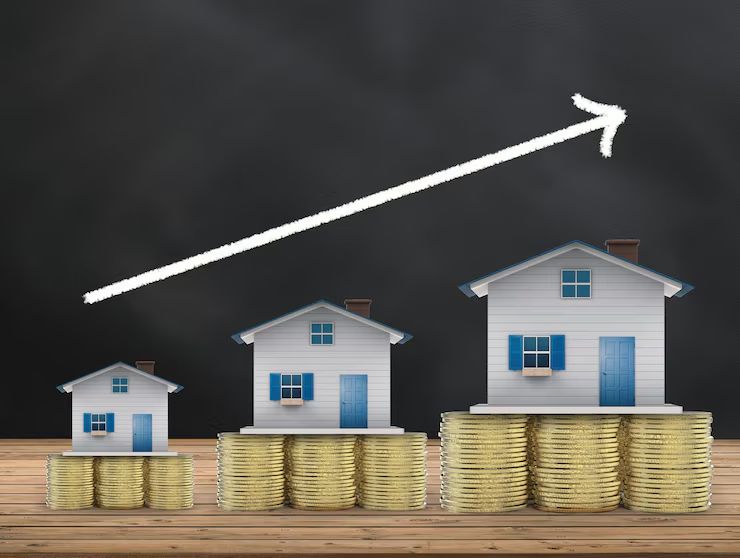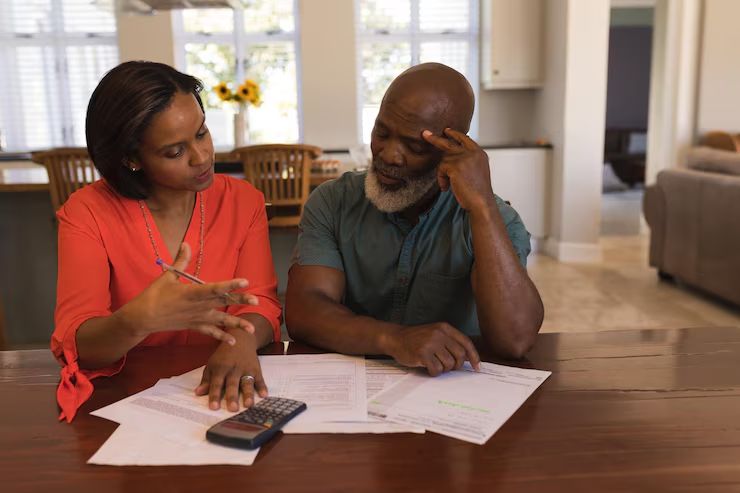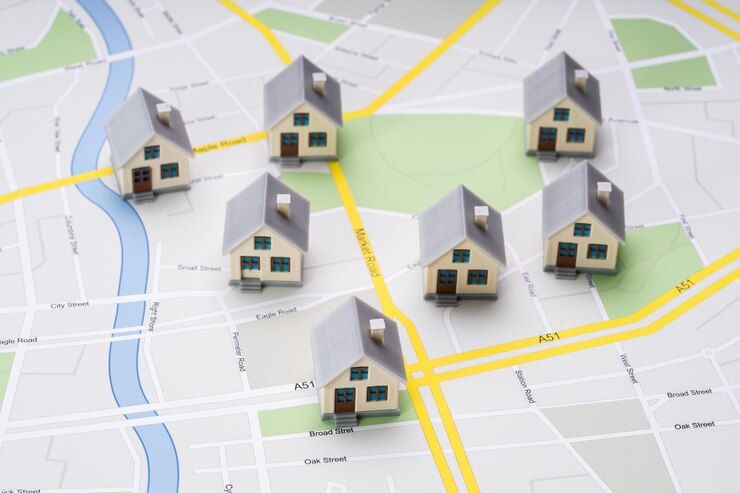Knowing the fair market value of a home is essential for making smart real estate decisions. But what exactly does “fair market value” mean? How can you tell if a property is priced just right? Being priced right means that it is not too high, not too low, but fair.
Let’s break it down in a simple, practical way to help you confidently evaluate home prices.
What is Fair Market Value?

Fair market value is the price a property would sell for on the open market under normal conditions. In other words, it is the price a buyer is willing to pay and what a seller is willing to accept assuming neither party is pressured to act quickly. Think of it as the true, unbiased value of a home, free from hype or emotion.
1. Compare Recent Sales (a.k.a. Comps)

The best starting point for determining FMV is to look at comparable properties that have recently sold nearby. These homes should be similar in size, age, condition, and location.
For example, if a 3 bedroom bungalow in the area sold last month and it closely matches the home you are evaluating, its sale price provides a solid benchmark. Online real estate platforms like African real estate and local real estate agents often provide access to this data.
2. Cautiously Look at Current Listings

While sold homes reflect what buyers actually paid, active listings reveal seller expectations, which can sometimes be optimistic. Reviewing current listings in your neighborhood helps you understand the pricing landscape. But remember that the asking price is not always the final selling price.
3. Get a Professional Home Appraisal

When in doubt, working with a real estate professional can simplify the process and ensure you get a fair, realistic valuation. Hiring a licensed appraiser can provide an unbiased, expert valuation based on the home’s condition, features, and market data. Although appraisals involve a fee, the insights they provide are often worth the cost.
4. Factor in Location and Neighborhood Trends

Location plays a major role in property value. Is the home close to schools, shopping centers, or public transportation?
Are there upcoming infrastructure projects or new developments in the area? Neighborhood trends such as improving security can increase property values over time.
5. Assess the Home’s Condition

Two similar homes may have very different values depending on their condition. Renovated kitchens, modern finishes, or energy-efficient upgrades can raise a home’s worth.
Conversely, outdated features or needed repairs can lower its value. A quick visual check or professional inspection helps you gauge the home’s condition accurately.



